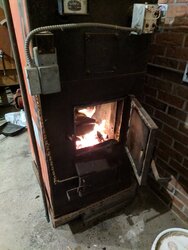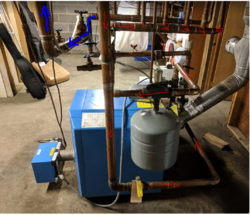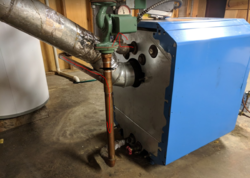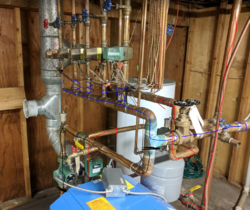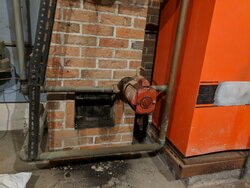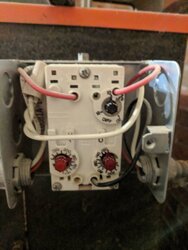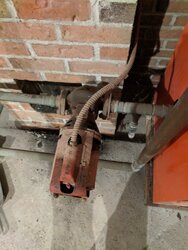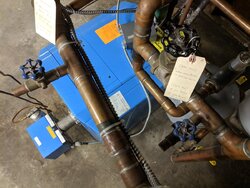Hello All,
This is my first time burning with wood. I bought a house that has an oil boiler and a wood boiler. The wood boiler is an itisca wb410 which i cant find any info on or manuals. I would like to use the wood boiler as a primary and oil as backup. I tested out the boiler last night and was working good. I have 2 circulator pumps. off the wood boiler is HS-105-SM-R3 bell and gossett. The pump on the oil boiler is a taco i believe.
All the valves are labeled what you turn on and shut off to run the wood boiler. This all works fine but my only concern is when all the thermostats are off there is no loop. The only time a loop is open is when on of the zones calls for heat. Is this ok or do I need to do something different.
I can upload pictures if anyone need to see whats going on.
Thanks for any info or advise!!
Travis
This is my first time burning with wood. I bought a house that has an oil boiler and a wood boiler. The wood boiler is an itisca wb410 which i cant find any info on or manuals. I would like to use the wood boiler as a primary and oil as backup. I tested out the boiler last night and was working good. I have 2 circulator pumps. off the wood boiler is HS-105-SM-R3 bell and gossett. The pump on the oil boiler is a taco i believe.
All the valves are labeled what you turn on and shut off to run the wood boiler. This all works fine but my only concern is when all the thermostats are off there is no loop. The only time a loop is open is when on of the zones calls for heat. Is this ok or do I need to do something different.
I can upload pictures if anyone need to see whats going on.
Thanks for any info or advise!!
Travis


